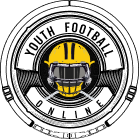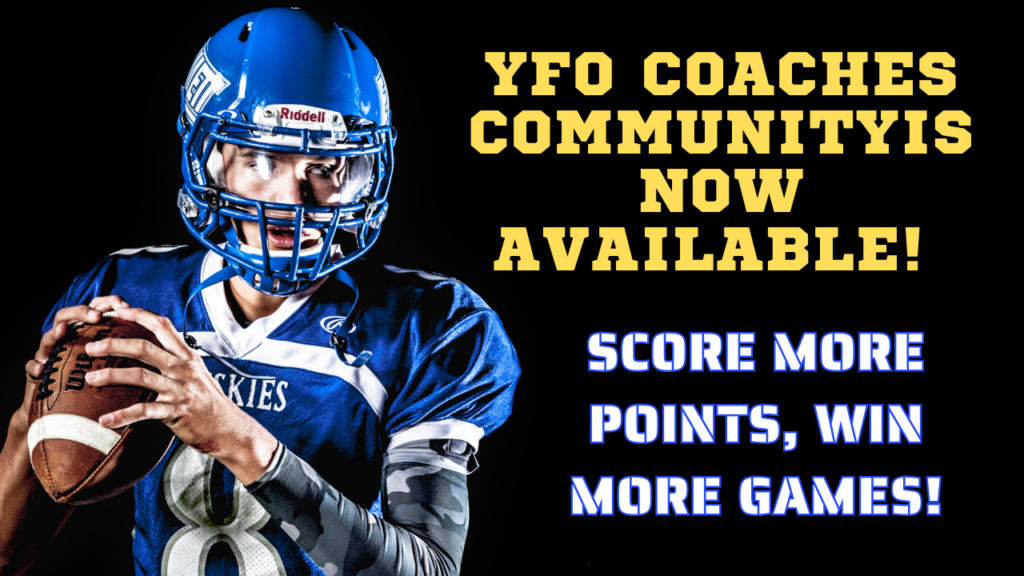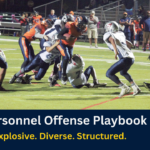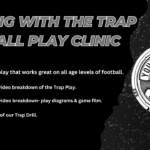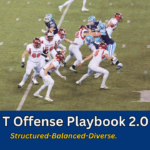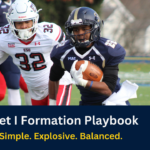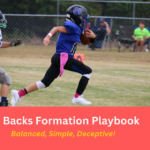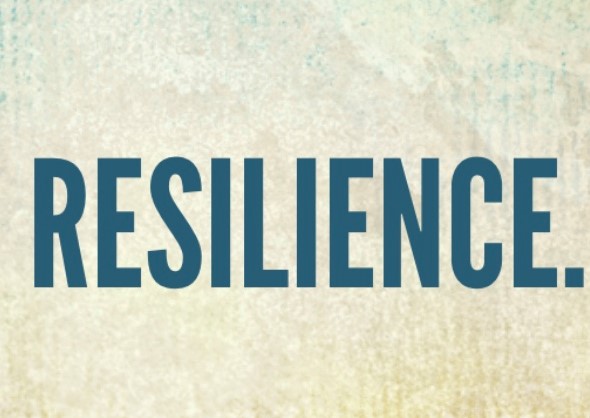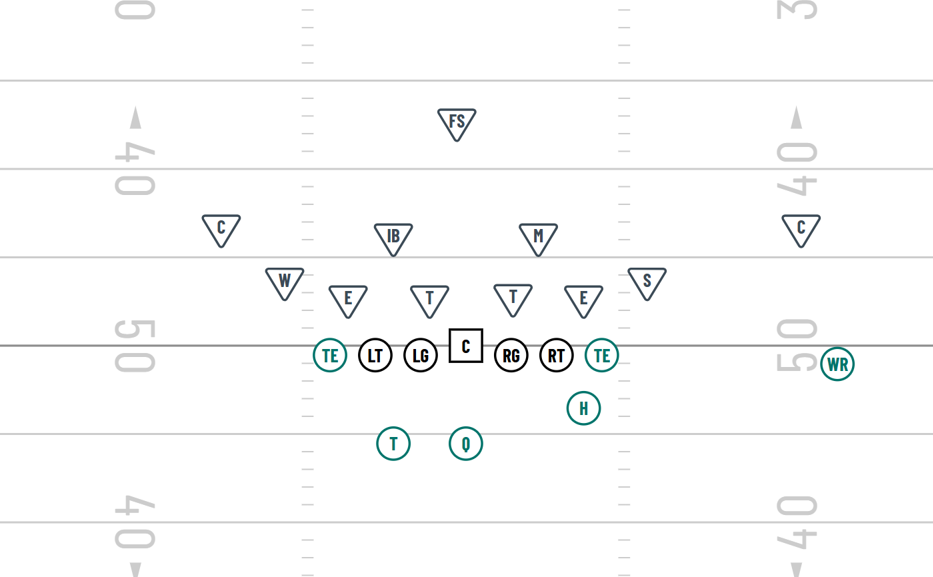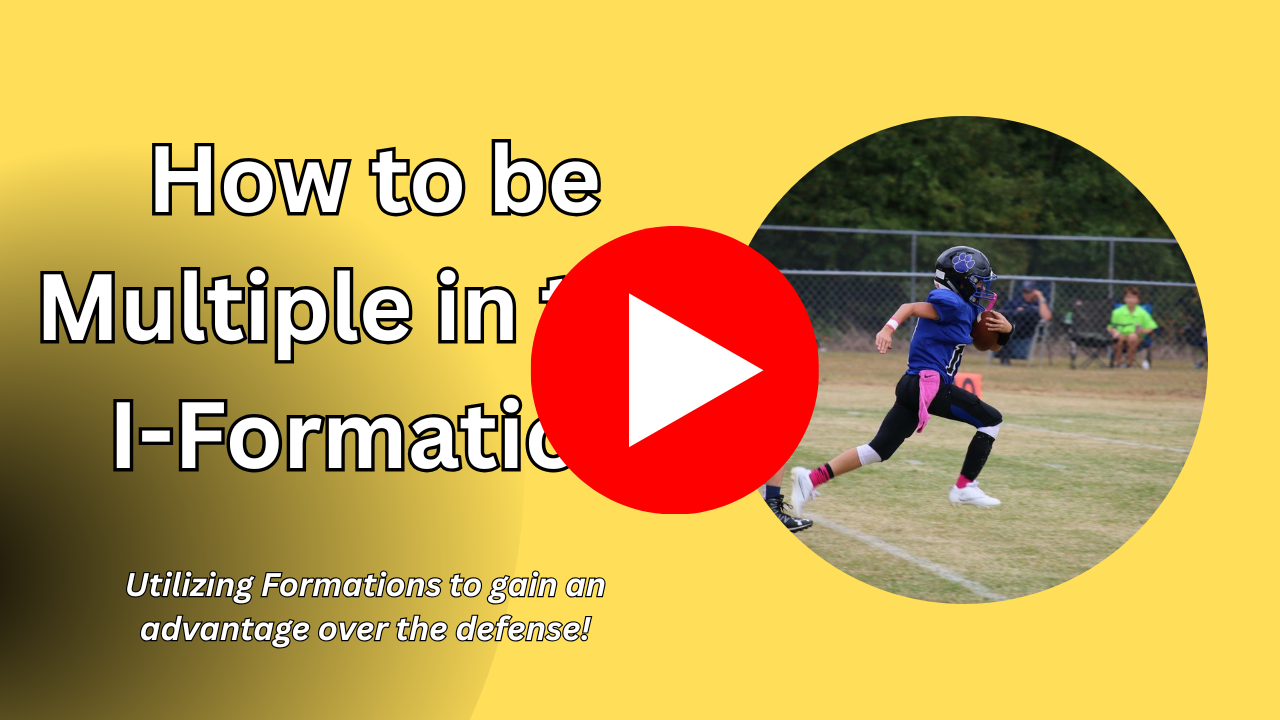Defending the Spread Offense
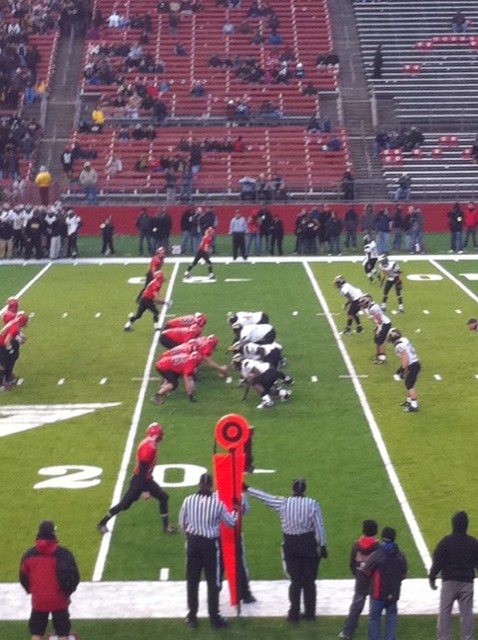
Defending the Spread Offense
The Spread Offense is becoming a popular youth football offense. There are more and more youth football teams across the country that are implementing the spread offense. Here is an article on how we defend the spread offense:
Spread Offense Overview
It’s a dynamic offense because it spreads the defense out horizontally, which creates running lanes inside. Spreading the defense out will also allow you to get your athletes the ball in the open field. The spread isn’t just a throw it every down offense, it has a very explosive running game, especially if the offense has an athletic QB. There are also many teams that use the no huddle play calling system. Using the no huddle will allow you to call a play that can hurt the defense based on their alignment and it will allow your offensive coordinator to call the right play consistently.
Every year we face a very good spread team. They usually go 4 to 5 wide at a time and call all their plays from the line of scrimmage, based on our defensive alignment. This team is usually loaded with great athletes, that are well coached. They skillfully used the wrist coach play calling no huddle system. Our opponent averages 30 points a game, with a ton of passing and rushing yards. The past two games we held them to 20 points or less.
Defending the Spread Offense:
We held this team to only 2 offensive touchdowns and did a great job with not giving up the big passing play. We switched from our 53 defense to a 44 defense because these guys are very fast vertically and horizontally.
Our keys to defending the spread offense ( how we slowed this spread team down):
- Do not give up the big play. We did a good job with keeping receivers in front of us. We did not allow them to pop big passing plays. We bent but didn’t break. The more plays they have to run, the more likely they will commit a bad snap, a turnover, or a penalty that will send them back.
- Tackle well in space. It was vital that our defenders got to the football and gang tackled. They always have great athletes, so arm tackles weren’t going to get it done. Here is an excellent article on tackling in the open field.
- Do not get beat by combination routes. We played our cover 3 zone almost exclusively. We covered the wide side flat and took away the post and fly patterns that they throw consistently. We spend a lot of practice time with our cornerbacks on pass coverage and defending the deep ball. We defended their slant-arrow and post-corner very well.
- Contain the dual threat QB. We absolutely do not want the QB to have free running space outside of the pocket. Our DE must contain! We did do some Loop blitzes to the wide side to contain the QB.
- Alignment! Alignment must be consistent! Our opponent does a great job with shifting into different spread offensive formations. They had multiple formations that they would shift into. It is vital that your defense recognizes the formations and adjusts accordingly. Scouting is vital! Know what is coming so you can practice alignment during the practice week.
- Take away their inside slot receivers. They had two very good slot receivers that they loved to throw the ball to. They also did a great job with their run blocking. We took our outside linebackers and lined them up on the slot receivers and played them really physical. This disturbed their combination routes and it allowed us to attack them before they attacked us on running plays. The loved to crack with their slots in the run game.
- Bluffs- False Looks. Our opponent made all their play calls based on our defensive alignment. We initially showed our cornerbacks in press coverage, then bailed back to 8 yards off with inside leverage. In a nutshell, we showed man to man coverage and then we would bail out of the look and into our cover 3. It worked well for us. We call it “Yo Yo”. Then every so often we will play off coverage then press up last second.
Here is our alignment vs. their base double wide package.

Our two defensive tackles line up in the A-gaps. The two defensive ends line up on the outside shoulder of the offensive tackles (contain). The two middle linebackers would line up 3 yards off the line and over the B gaps. The outside linebackers will line up on the outside shoulder of the two inside receivers (containment support). The two cornerbacks would be at 8 yards and have deep 3rd coverage. The middle safety lines up 15 yards deep playing deep middle 3rd. We had our safety line up really deep because this team was super fast. Having our safety deep allowed him to take better angles to the ball carrier.
Having the safety really deep does leave some room for a post pattern. We gave up a huge play when the offense faked a run and then threw a post pattern to the slot, with the outside receivers running off deep. Here was the play that hurt us:
Adjustments for Stopping this Post Route:
- Had the outside backers (LB) get physical with the slots, get right in their face. That outside (LB) cannot allow the slot to have a free release. Jamming him will throw off the timing and make the QB hold the ball longer.
- Middle backers have to get good depth on their middle zone drop back. They cannot be caught looking, once they read pass they have to open their hips up and get to their zone.
Here is our 44 defense cover 3 coverage alignment.

The defensive tackles will pressure up the A gaps, anchoring and taking away their QB draw and trap. The defensive ends do a hard pass rush, maintaining outside leverage (do not let the QB roll outside the pocket). The outside linebackers line up on the inside shoulder of the inside receivers and get real physical. It is also very important that the defenders get depth on their zone drops, playing the receivers high to low. The middle backers have the hook zones.
Defending the Zone Read
This past season a spread offense opponent of ours implemented and ran a zone read play. This was the first time we faced a team that actually ran it very well. Here is how we defended it:
Basically, the offense is reading the DE (red), if he slants down/crashes or stays flat footed the QB will pull the ball. If the DE keeps outside leverage the QB will hand the ball to the HB and he will cut off of the play-side double team. The T wants to get onto the LB, which we can’t allow that to happen. Our DE (who usually has contain) will crash down, squeezing on the offensive tackle trying to release onto our LB. The LB will loop outside and have contain. They are basically just switching responsibilities. This confuses the QB and will make him pull (keep) the ball and run. The QB usually doesn’t even notice the backer looping around. I like defending it this way because you are still able to cover the flats and take away the bubble and quick screens. It really doesn’t weaken the pass coverage defense. It also allows for our better tackler (LB) to have the QB, rather than our DE.
Here is an excellent article on the importance of the defensive linemen squeezing.
The Storm blitz on the other hand is a little more risky. This will leave us open in the pass game. This play will send the outside linebacker and he will take the QB. This is good because the DE (red) will slant/crash down and the LB, instead of having the QB (like he does on loop), he can help out on the HB when the QB starts giving the ball. Again, this one is a little more risky. They can really hurt the defense with a quick pass to the S vs this blitz.
Defending the spread offense is not an easy task. What are your thoughts? How do you defend the spread offense? Comment below.
